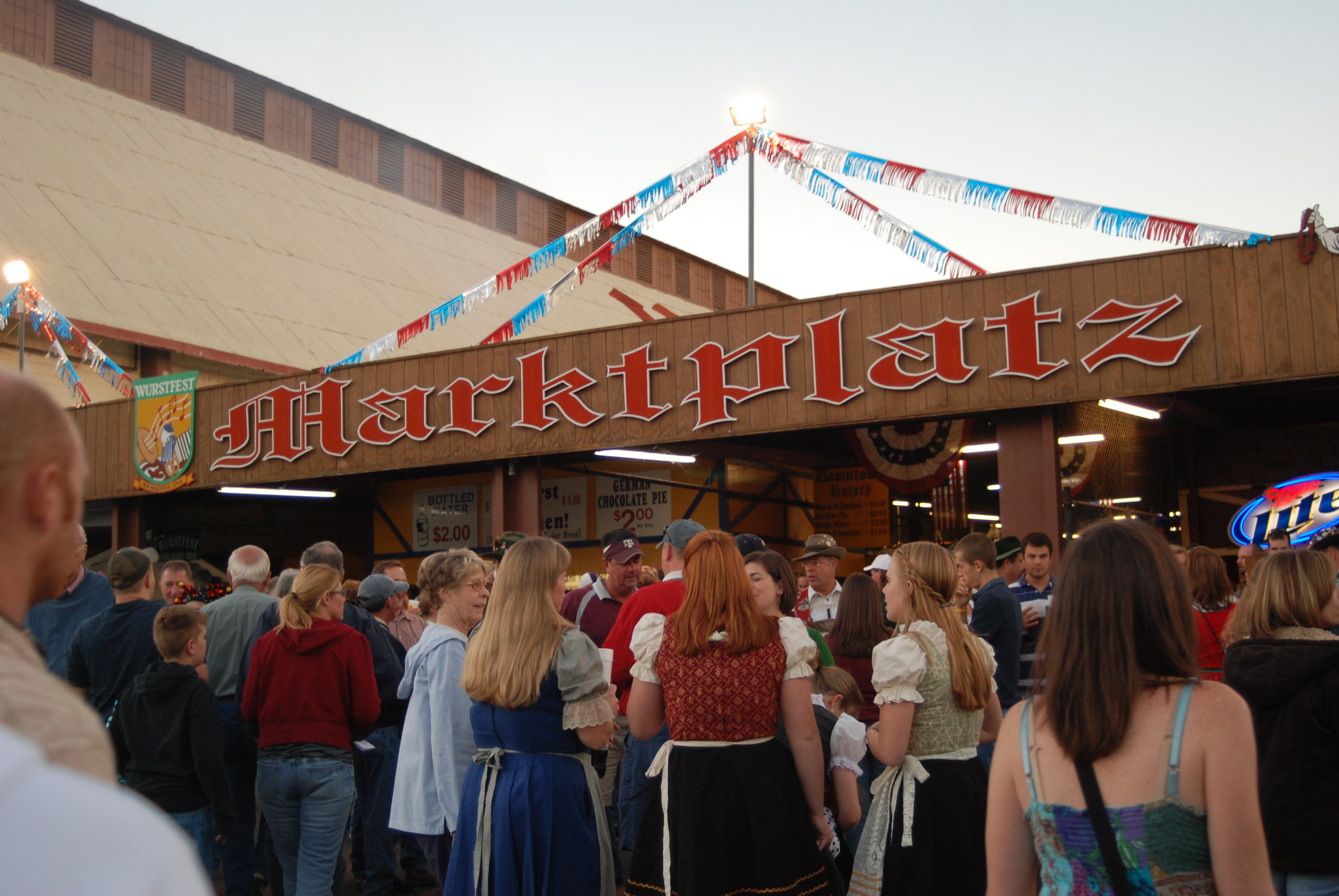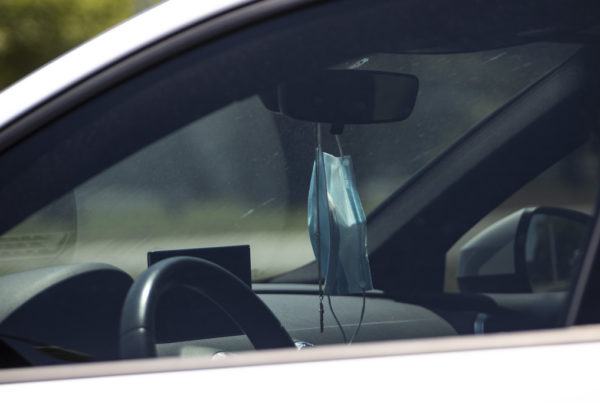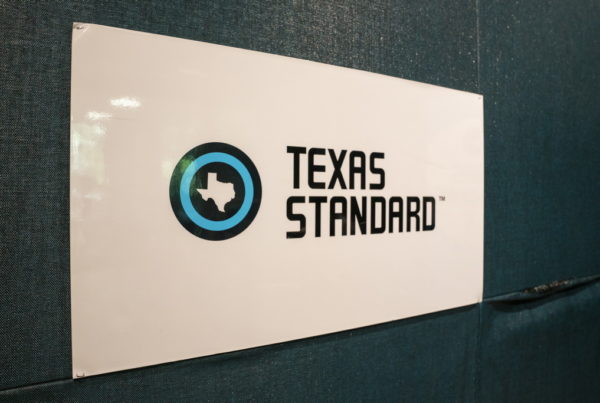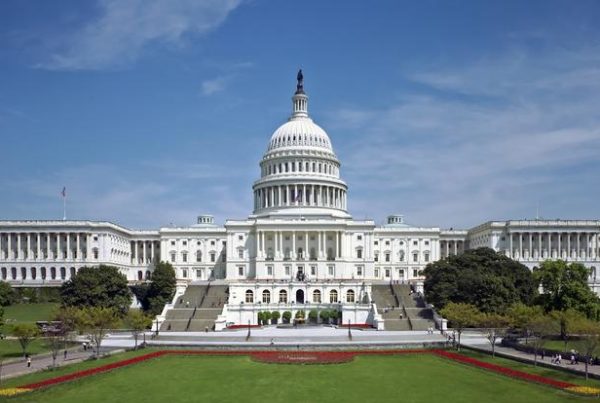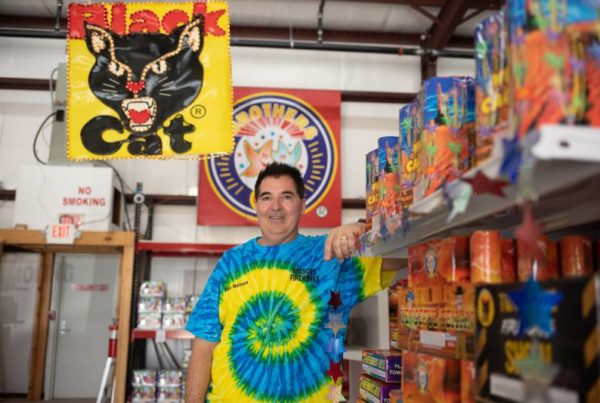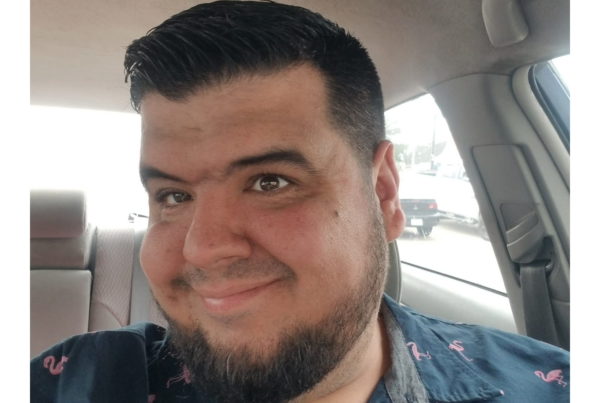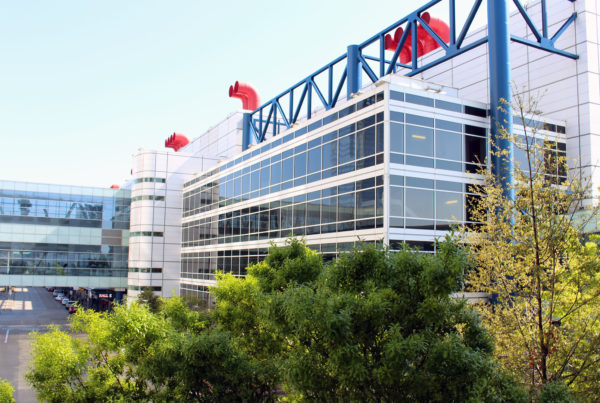A wave of Germans immigrants came to Texas starting in the 1830s. Many settled in the Hill Country, starting cities like New Braunfels and Fredericksburg.
Lars Hinrichs, director of the Texas Linguistics Lab at the University of Texas at Austin, told Texas Standard host David Brown that those German immigrants brought their language with them, but eventually, their various dialects melded into a new one known as Texas German.
“There were enough Germans there in the Hill County that there was an actual speech community,” Hinrichs said.
He said people continued to speak the dialect into the early 20th century.
Hinirchs is a native German speaker himself, and said Texas German has many similarities to standard German, with some distinctions. For one thing, Texas German doesn’t use umlauts over certain vowels like ü or ö. Also, the grammar is simpler.
“To me, it sounds very American, even though you hear that it’s a native speaker of German, so it’s an interesting mix,” he said. “It sounds like a dialect, but it’s not a dialect that exists in Germany.”
Texas German is not a completely dead dialect. Hinrichs said he has heard it spoken in Fredericksburg. But it’s rare. That’s because during World War II, it was illegal to teach in German in Texas schools.
“After that, the culture kind of collapsed,” he said.
There are fewer than 10,000 speakers of Texas German today.
Listen to archival recordings of Texas German speakers in the audio player above.
Web story by Caroline Covington.


